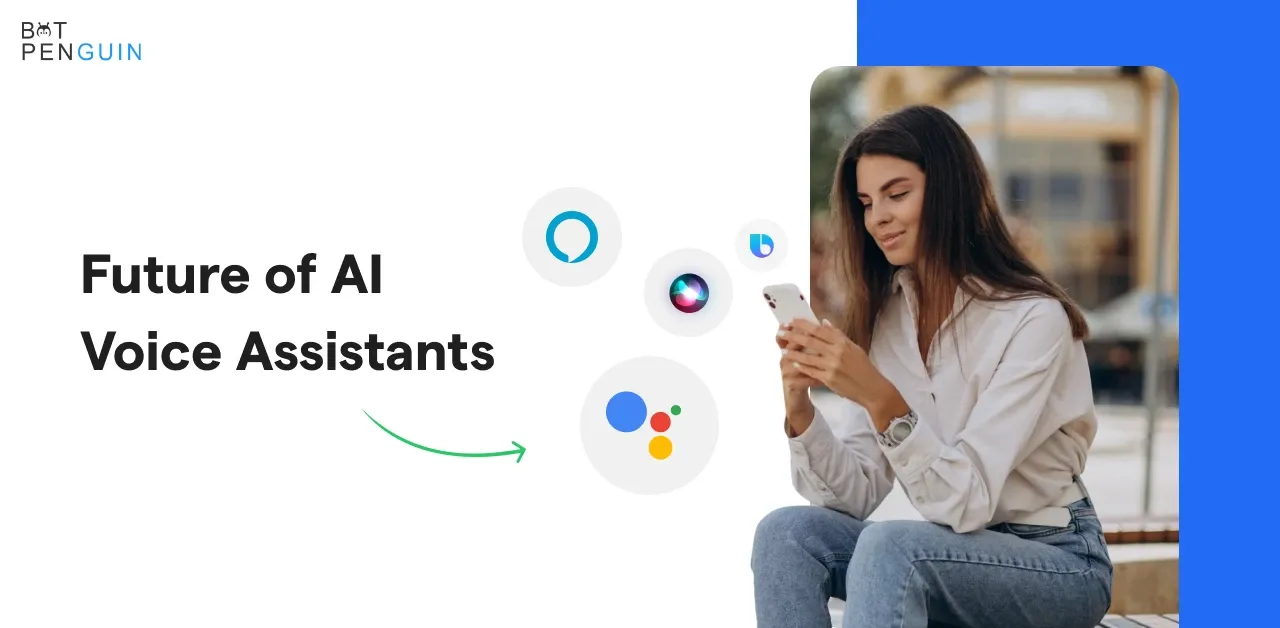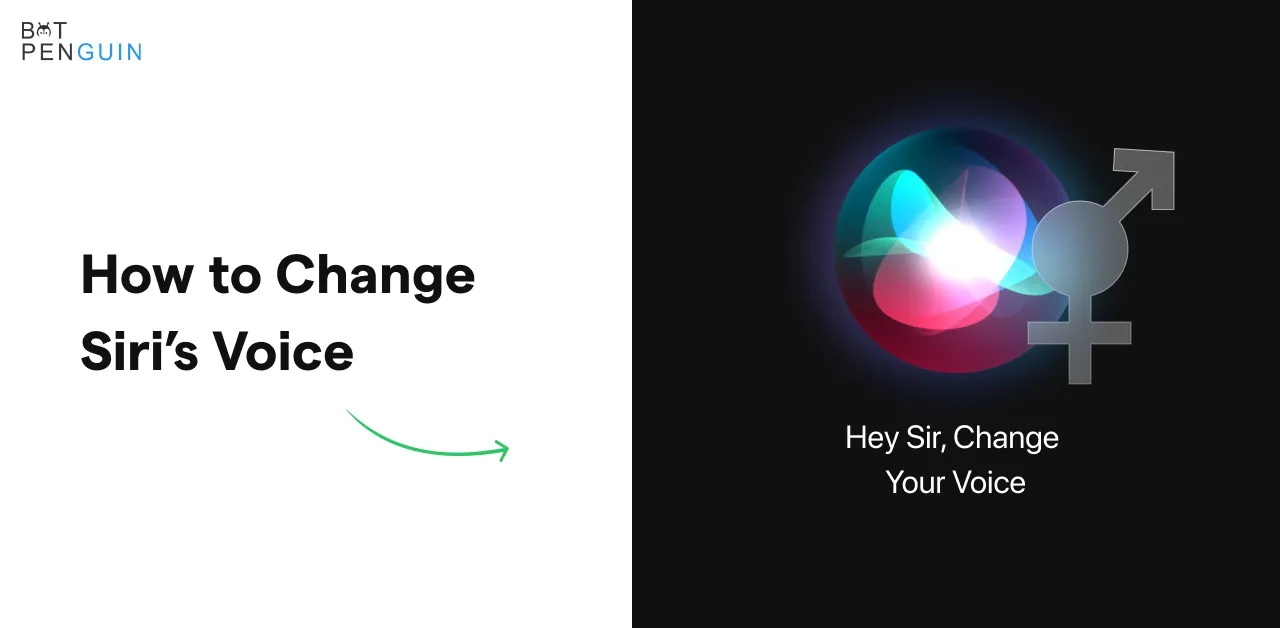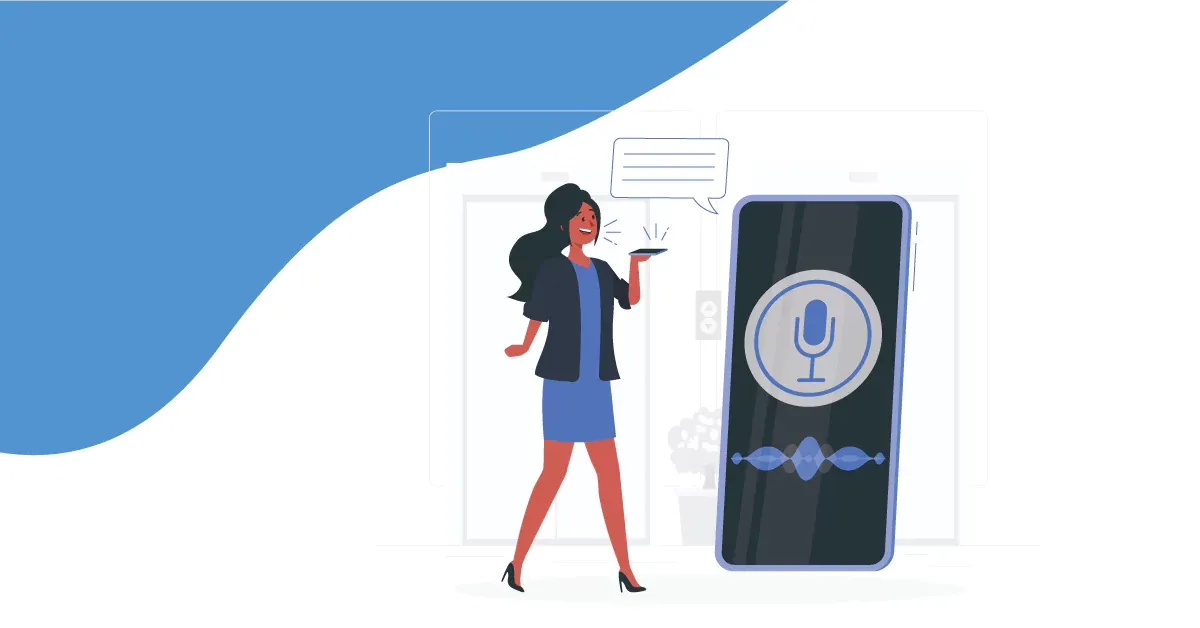Voice Recognition technology enables the hands-free operation of speakers, cellphones, and even automobiles in a broad range of languages.
It's a development that has been long envisioned and pursued. Making life easier and safer is the main objective.
Voice recognition is helpful because it helps businesses and consumers save time and money. On average, a desktop computer may type around 40 words per minute.
When typing on smartphones and other portable devices, that pace somewhat declines.
However, when speaking, it has a word limit of 125 to 150 per minute. That represents a sharp rise.
Here you will learn all about voice recognition tech in 2023 like, how is voice recognition utilized nowadays? So, let us explore.
Voice recognition tech – what is it?

Vocal recognition is the process of recognizing an individual by voice patterns.
Voice Recognition uses artificial intelligence to convert spoken words into text.
This software can instantly translate spoken words from live or recorded audio into text.
How is voice recognition utilized nowadays?
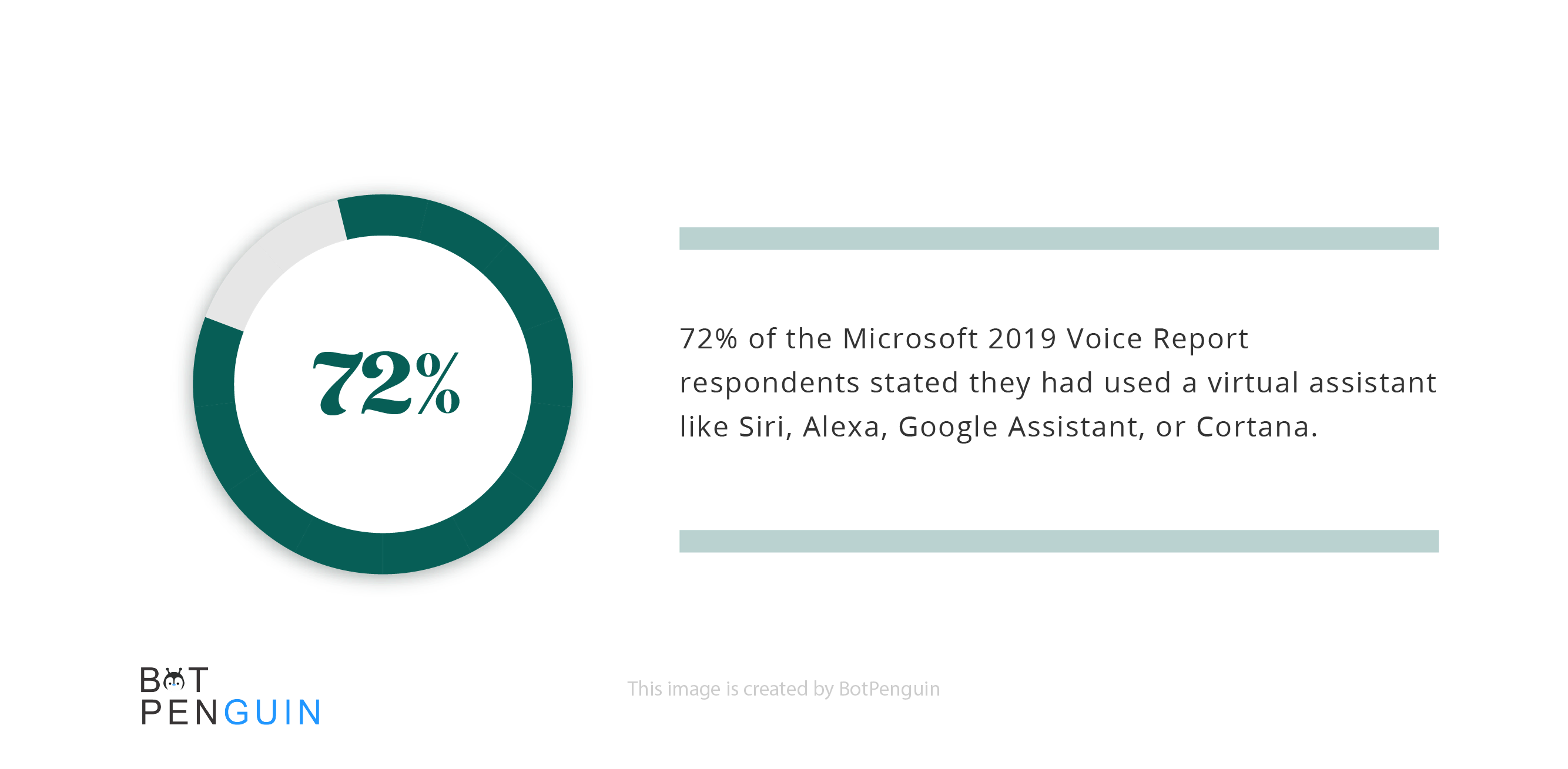
Voice Recognition is now so widely available that smart products don't appear as clever without it.
Asking Siri for directions or asking Alexa to play a song has become second nature for many people since voice recognition has become so ingrained in their everyday lives.
One of the most popular applications for voice recognition nowadays is, more especially, virtual assistants on smart devices.
72% of the Microsoft 2019 Voice Report respondents stated they had used a virtual assistant like Siri, Alexa, Google Assistant, or Cortana.
As digital assistants improve in accuracy and expand their capabilities, their use is anticipated to increase in the future.
In addition to being utilized privately, voice recognition is frequently employed in offices to increase efficiency.
Voice Recognition for labor automation and transcribing benefits the commercial, legal, healthcare, education, and entertainment sectors.
In addition to being utilized privately, voice recognition is frequently employed in offices to increase efficiency.
Voice Recognition for labor automation and transcribing benefits the commercial, legal, healthcare, education, and entertainment sectors.
How to evaluate the accuracy of voice recognition?

Word error rate is a metric used to gauge voice recognition accuracy.
Errors in terminology can occur when a term is not acknowledged, is incorrectly acknowledged, or is unsuitable for the given situation.
Voice recognition software occasionally fails to detect words or phrases completely or does so in the wrong way. Some of the most frequent culprits are garbled or muffled dictation or proper nouns that are not in the Voice engine's lexicon.
In situations like these, voice Recognition software often has two options: either deliver a word or phrase that is phonetically similar or, in the case of virtual assistants like Siri, ask the speaker to try again.
Recognizing "colon" as the punctuation mark (:) rather than "to" as the number "2," are examples of contextually inaccurate words. There are several more situations and instances of poor contextual awareness, all of which might raise the word mistake rate.
Machine learning and customized voice recognition are two solutions for inaccurate recognition. The prior "colon" example may be handled more effectively by a voice recognition system designed specifically for the healthcare industry. Additionally, it would be able to handle medical jargon like drugs better than general-purpose Voice recognition.
Voice recognition proficiency is primarily determined by accuracy, but return time should also be taken into account. The time it takes for voice recognition software to identify and convert spoken words into text is known as the return time.
Voice recognition with 95% accuracy and a return time of a few seconds could be more beneficial than Voice Recognition with higher accuracy but slower transcription times.
Voice-controlled internet searches will undoubtedly change how search engines operate. Voice SEO is thus important. Voice-based searches will require as much investment from digital marketers as traditional SEO, if not more.
The way people interact with computers will undergo a significant transformation in the coming decade, which will be the decade of wearable technology and voice command systems. Voice and voice recognition will continue to be used until a more organic and effective alternative is developed.
FAQs
1. What type of technology is voice recognition?
A software program or hardware component called voice recognition technology can decode human speech.
Software that recognizes speech is voice-activated is another name for this technology, which has gained popularity among regular consumers in recent years.
2. What are the most recent developments in voice recognition software?
The term "voice replication technology" is another name for this development.
Custom voice creation is made simpler by advances in machine learning technology and GPU capability.
Additionally, they have the power to emote. By doing this, the computer-generated voice can become identical to genuine voices.
3. What are the three voice recognition levels?
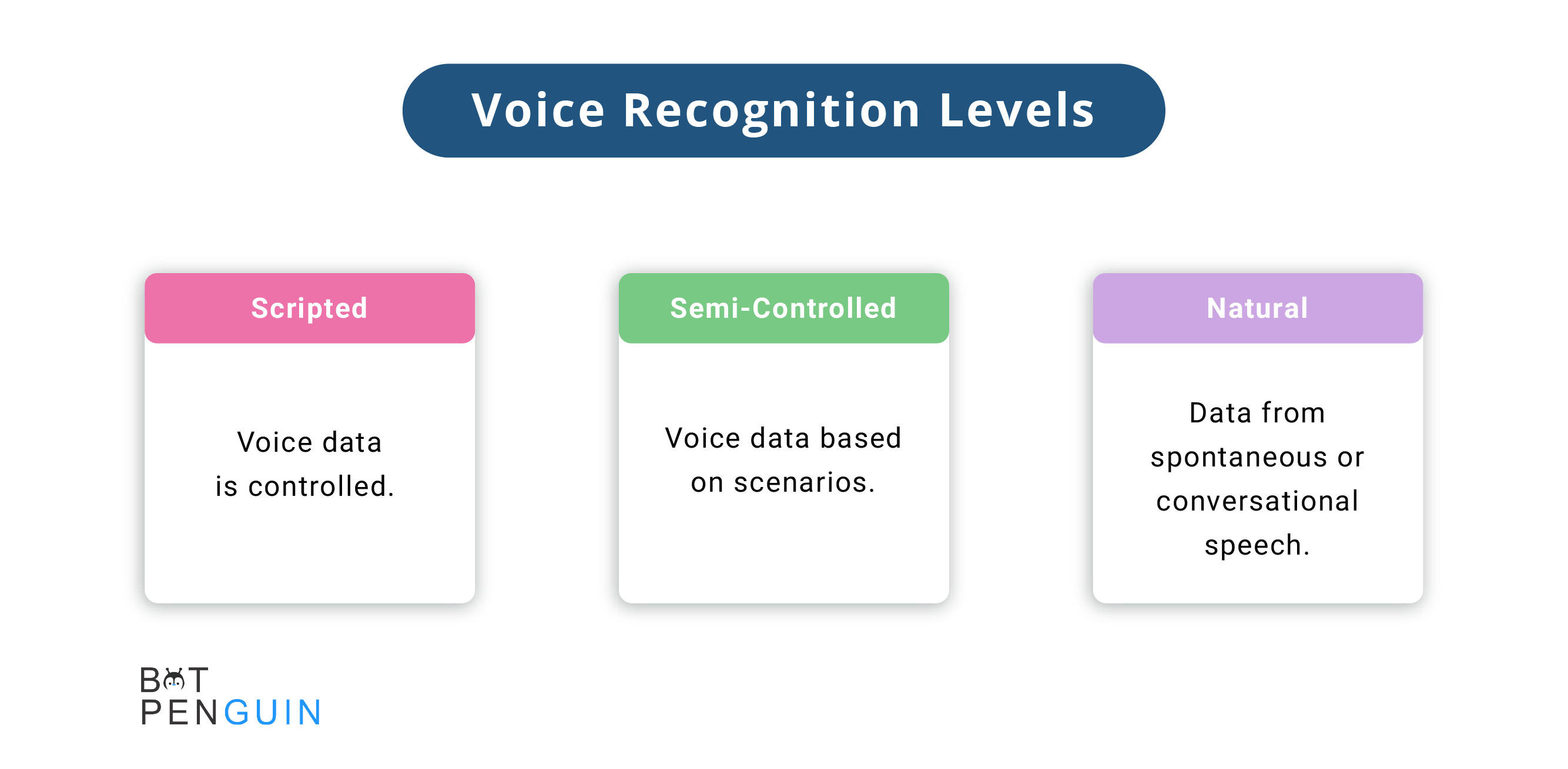
We may group voice recognition data into three main groups using this spectrum:
Scripted: Voice data is controlled.
Semi-controlled: Voice data based on scenarios.
Natural: Data from spontaneous or conversational speech.
Conclusion
Voice recognition transforms audio data into formats used by data scientists to provide insights that may be applied in business, academia, and other sectors.
It is a technique for converting unstructured data—information that is not set up in a predetermined way—into structured data (organized, machine-readable, and searchable).
Speech-to-text (STT), computer voice recognition, and automatic Voice Recognition (ASR) are further names for voice recognition.
Others have referred to it as Voice Recognition, although that phrase has a distinct meaning.
Artificial intelligence and Voice Recognition software may be used to pinpoint a particular speaker and link their voice pattern to their name.
We hope you liked reading this blog. For more such interesting blogs, visit our website BotPenguin.

